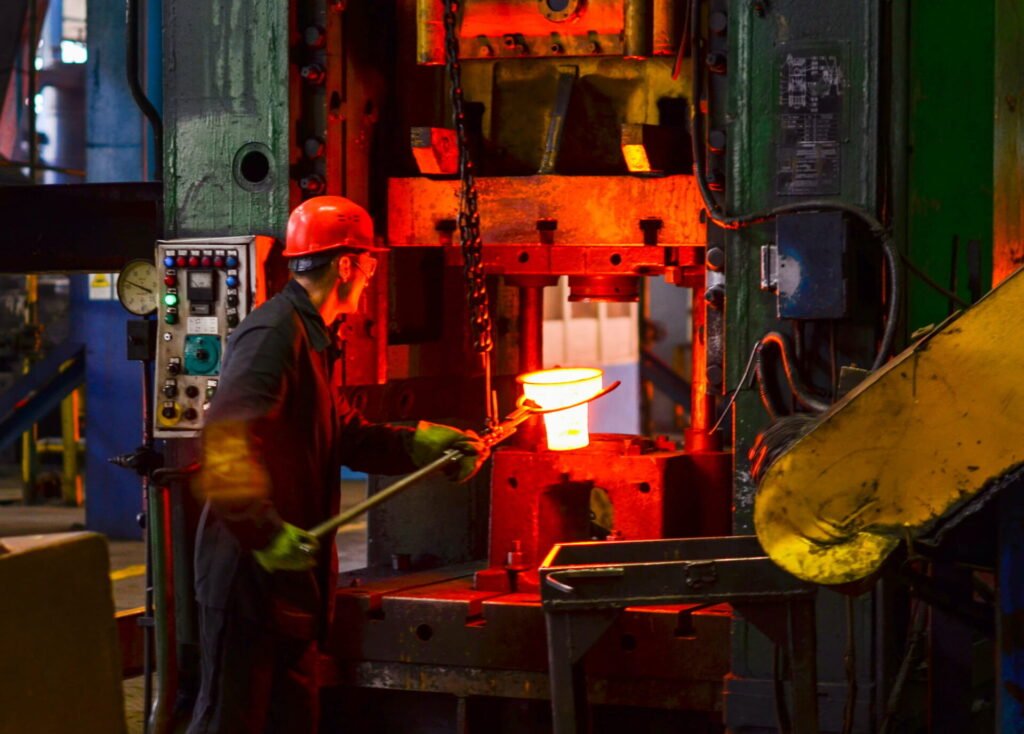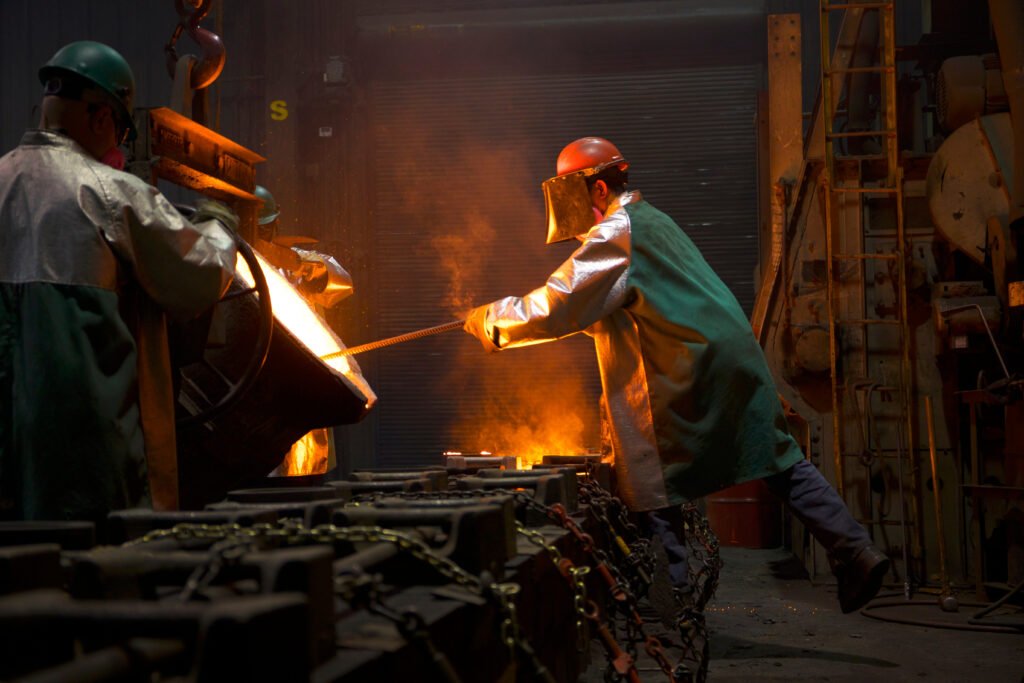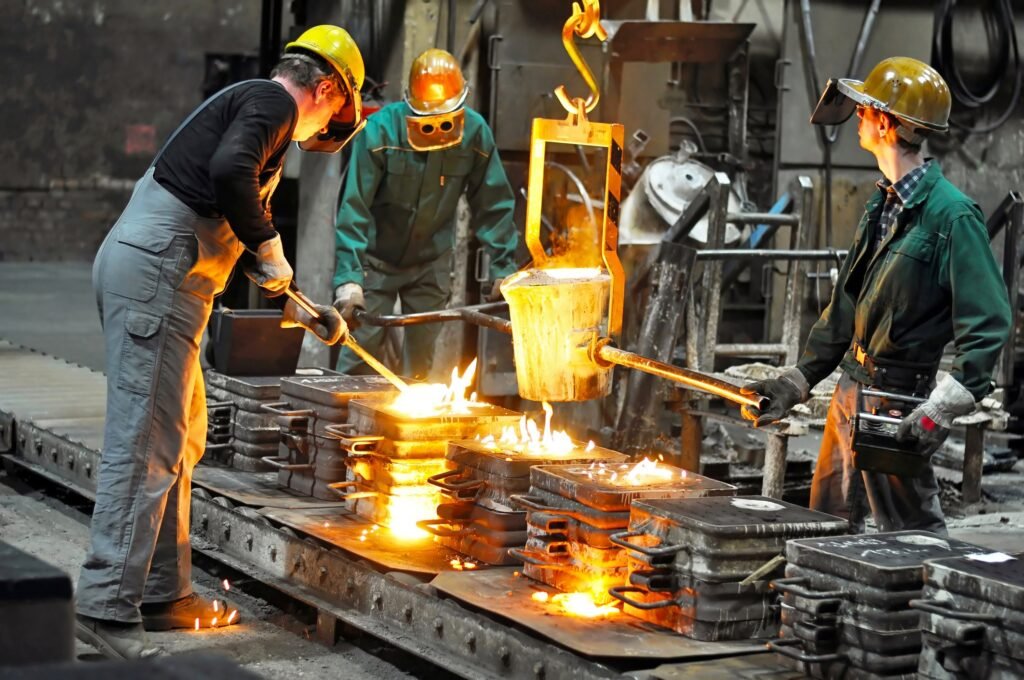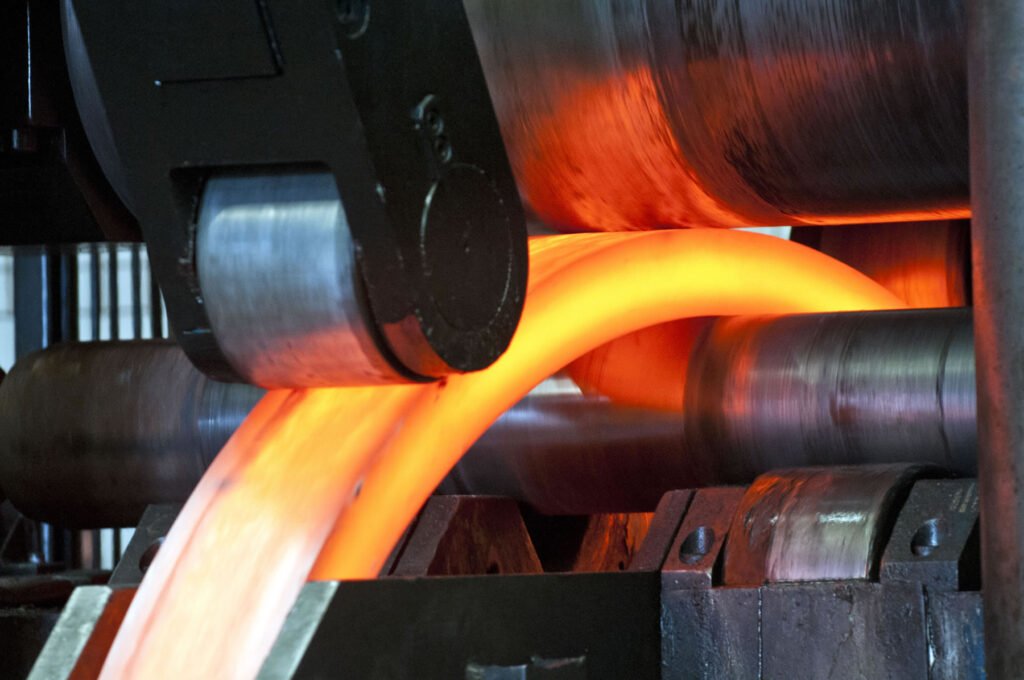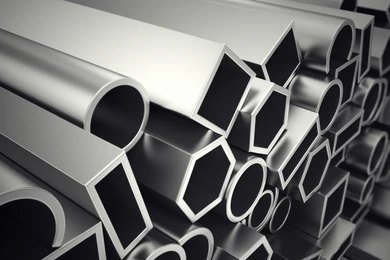
Forging Alloys : A Comprehensive Guide

Forging is a fascinating process transforming raw metal into robust components through controlled deformation. In this article, we delve into the world of forging alloys, exploring their properties, applications, and the various techniques used to shape them.
What is Forging?
Forging involves shaping metal through hammering, pressing, or rolling. The process can be performed at different temperatures—cold, warm, or hot. Metals like carbon steel, alloy steel, stainless steel, and even softer ones like aluminium and copper can undergo forging.
The result? Parts with exceptional mechanical properties and minimal waste.
Mastering the Forging Process for Superior Alloys
Learn how mastering the forging process is essential for creating superior alloys, ensuring enhanced durability and performance in demanding applications.
Types of Forging Processes
Drop Forging: Hammering metal into shape using open-die or closed-die methods.
Roll Forging: Utilizing rollers to deform the metal.
Press Forging: Applying pressure to mold metal.
Upset Forging: Compressing metal to increase its diameter.
Cold Forging: Shaping metal at room temperature.
Precision Forging: Achieving tight tolerances.
Isothermal Forging: Maintaining constant temperature during deformation.
Forging Alloys: A Closer Look
Alloy steel, enriched with elements like manganese, silicon, nickel, and chromium, offers unique properties not found in regular carbon steel. These alloys exhibit superior strength, corrosion resistance, and wear resistance. Forging allows precise control over their microstructure, resulting in high-quality components.
Challenges and Advancements
Magnesium alloys pose challenges due to low plasticity and sensitivity to strain rates. However, semi-open die-hot forging has emerged as a promising method for forming magnesium-aluminium alloy AZ31, commonly used in aircraft brackets.
Benefits of Forging in Manufacturing
Forging, as a manufacturing process, offers several distinct advantages over other methods. Let’s explore these benefits:
Increased Strength
Forging aligns the grain structure of the metal, resulting in improved strength. The directional alignment enhances load-bearing capacity and resistance to deformation.
Enhanced Durability
Forged components exhibit superior durability due to their refined grain structure. They withstand wear, fatigue, and impact better than cast or machined parts.
Superior Surface Finish
Forging ensures a more homogeneous metal structure and a smoother surface finish. This is especially crucial for critical applications where surface quality matters.
Customization and Intricate Designs
Unlike some other methods, forging allows intricate shapes and designs to be produced. Manufacturers can create complex geometries with precision.
Minimal Waste Material
Forging minimizes material waste. The process involves shaping the metal directly, reducing the need for excess material removal.
High Tensile Strength
Forged parts exhibit excellent tensile strength, making them suitable for critical applications in aerospace, automotive, and heavy machinery industries.
Fatigue Resistance
The controlled grain flow in forged components enhances their fatigue resistance. They withstand cyclic loading without premature failure.
Cost-Effectiveness in the Long Run
Although forging may be more expensive upfront, its long-term benefits often outweigh the initial costs. Durable, reliable parts reduce maintenance and replacement expenses.
Forging produces strong, durable, and highly customized components, making it a preferred choice for critical applications across various industries.
What industries rely heavily on forged components?
Forged components play a crucial role in various industries, offering unparalleled strength, durability, and reliability. Let’s explore some of the key sectors that heavily rely on forged parts:
Automotive Industry
The automotive sector benefits significantly from forging processes, both hot and cold. Forged components are used extensively for complex shapes, including:
- Engine parts
- Steering components
- Automatic and manual transmission systems
Power Generation and Transmission Industry
Approximately 43% of all parts used in the power generation and transmission industry are manufactured through forging. Key examples include:
- Turbine components
- Shafts
- Discs
- Seamless pipes and fittings
Medical Industry
Many critical medical equipment parts are forged, ensuring their reliability and safety. Examples in the medical field include:
- Extremity parts
- Implants
- Trauma components
- Medical machine parts
Aerospace Industry
The aerospace sector relies on forged parts for components that must withstand extreme conditions. Examples include:
- Inner and outer rings
- Engine discs
- Exhaust components
- Structural elements
General Production and Manufacturing Industry:
Forged parts find applications across various manufacturing processes due to their exceptional structural integrity. Examples include:
- Washers
- Gaskets
- Welding products
- Bars
Industries such as automotive, power generation, medical, aerospace, and general manufacturing benefit significantly from the use of forged components. Their strength, durability, and performance make them indispensable in critical applications across the globe.
Conclusion
From ancient smiths forging kitchenware to today’s global industry, forging remains essential. It shapes our world, creating components that withstand immense forces. So next time you see a sturdy machine part, remember—it might have been forged!
Recent Post









